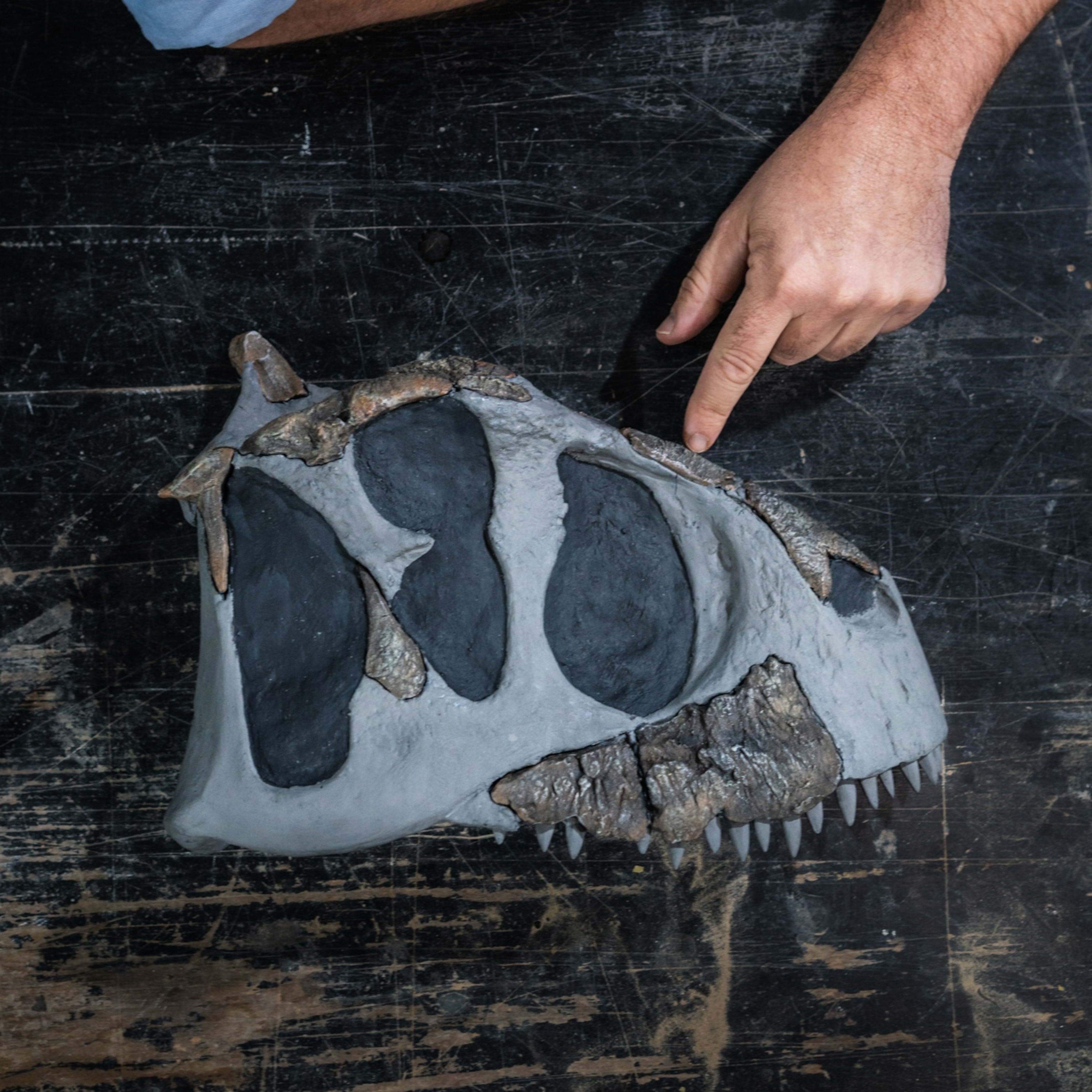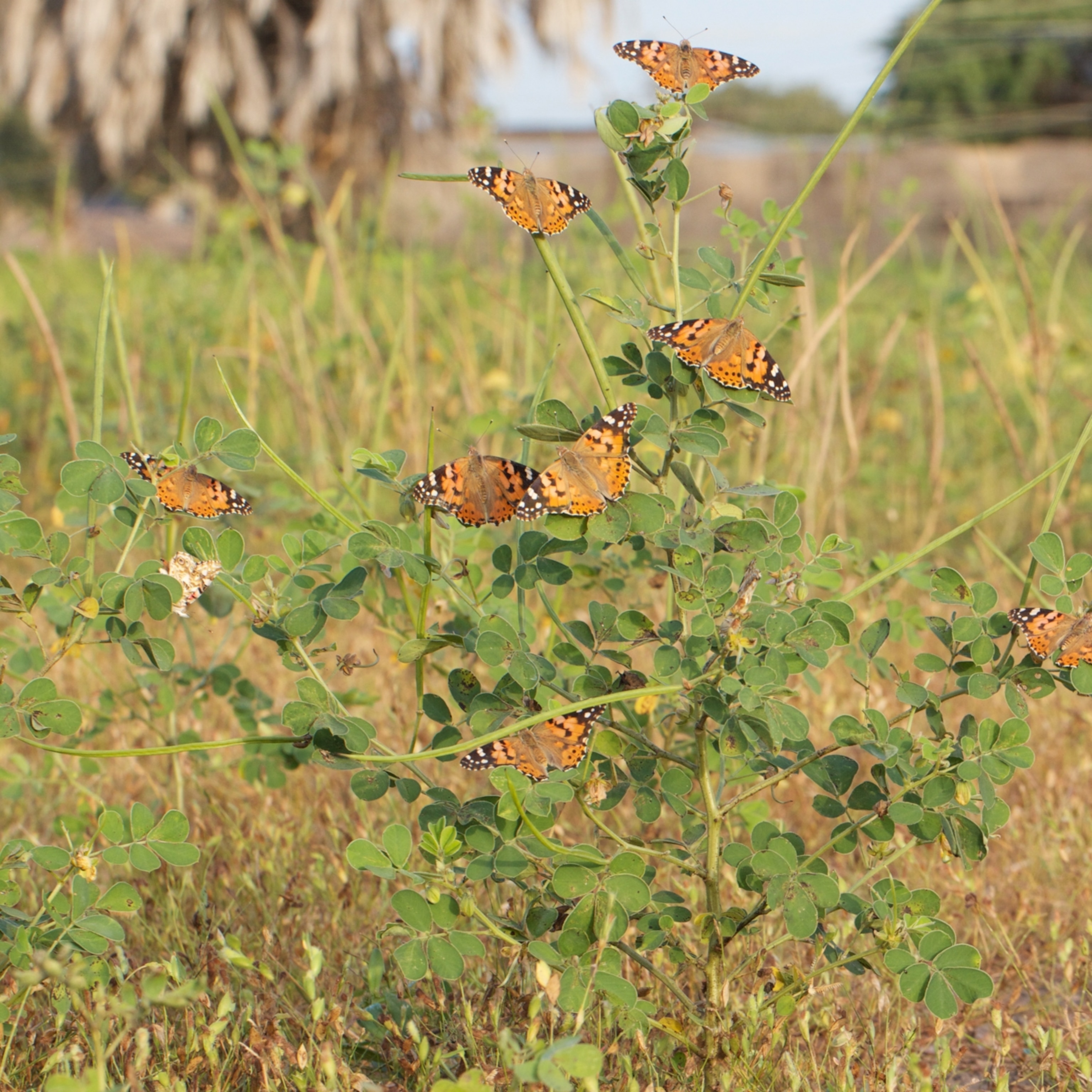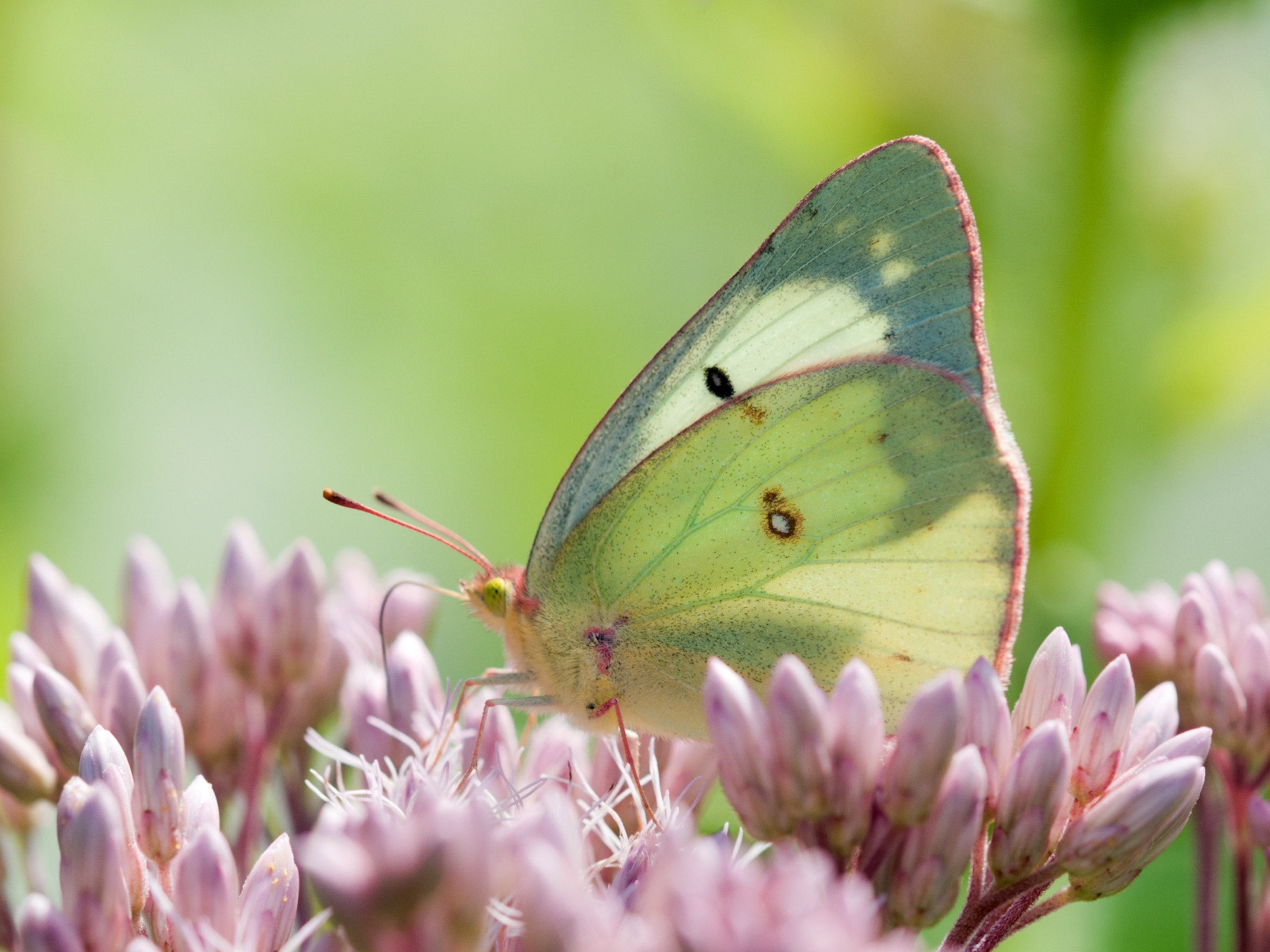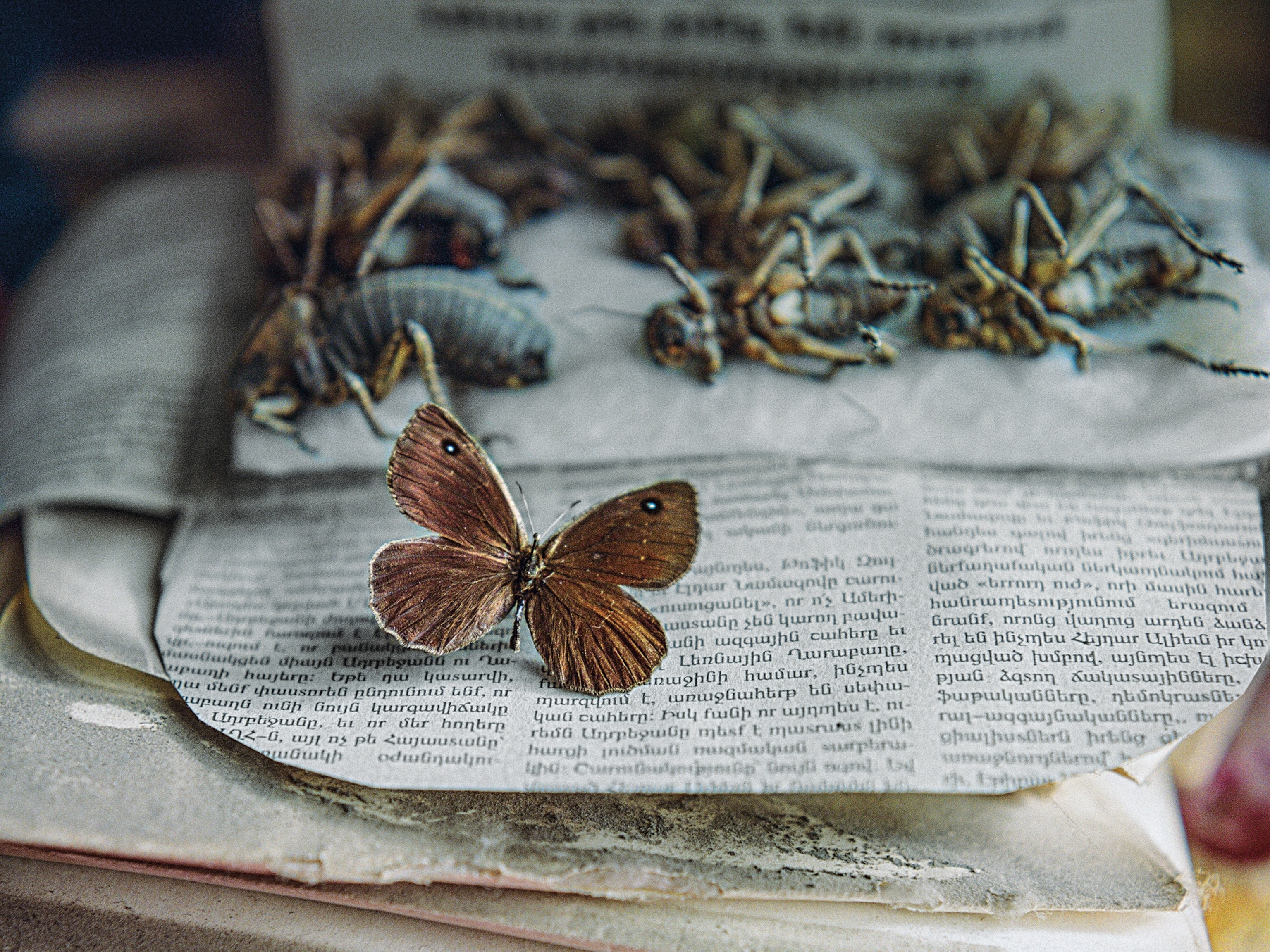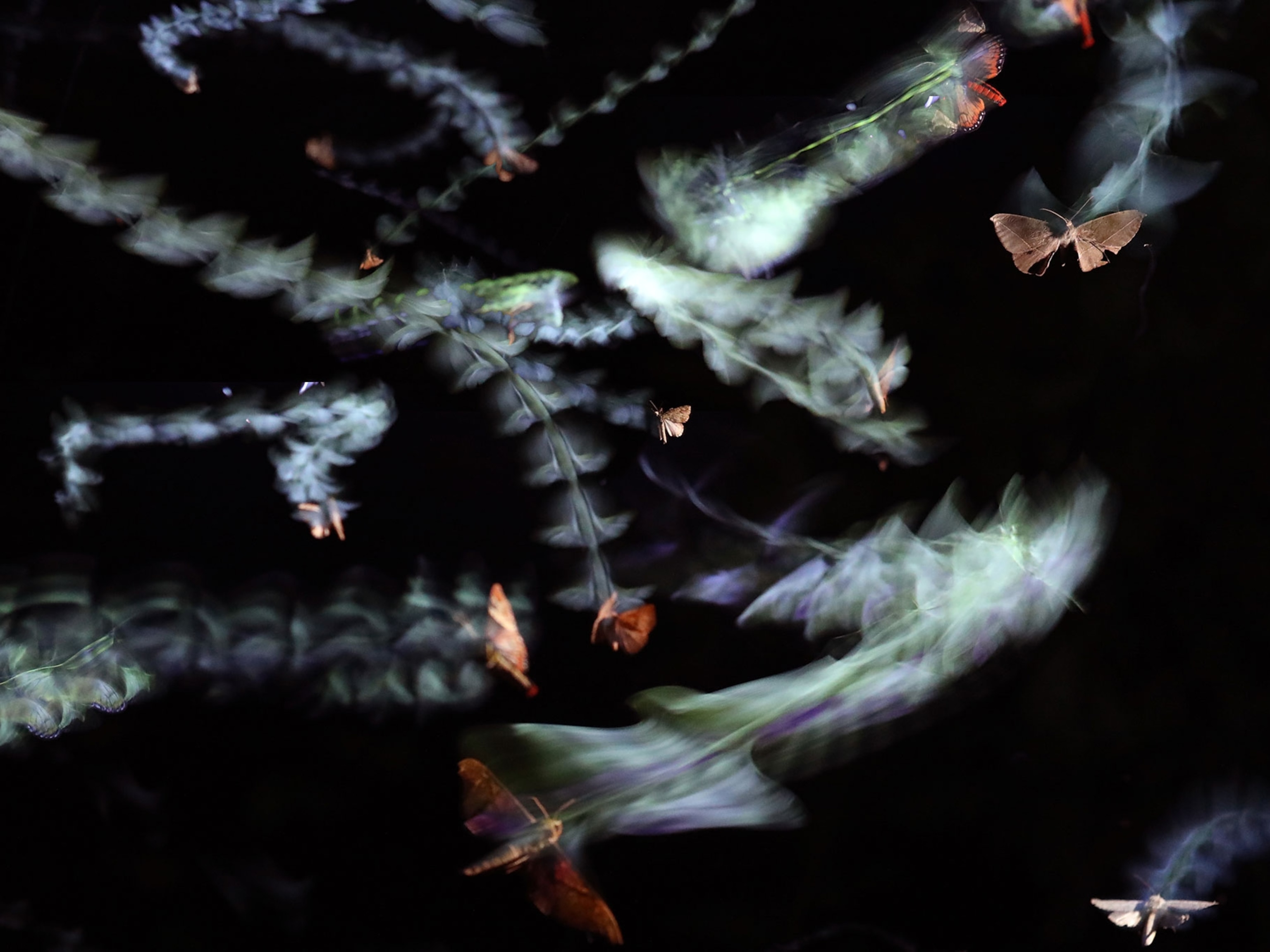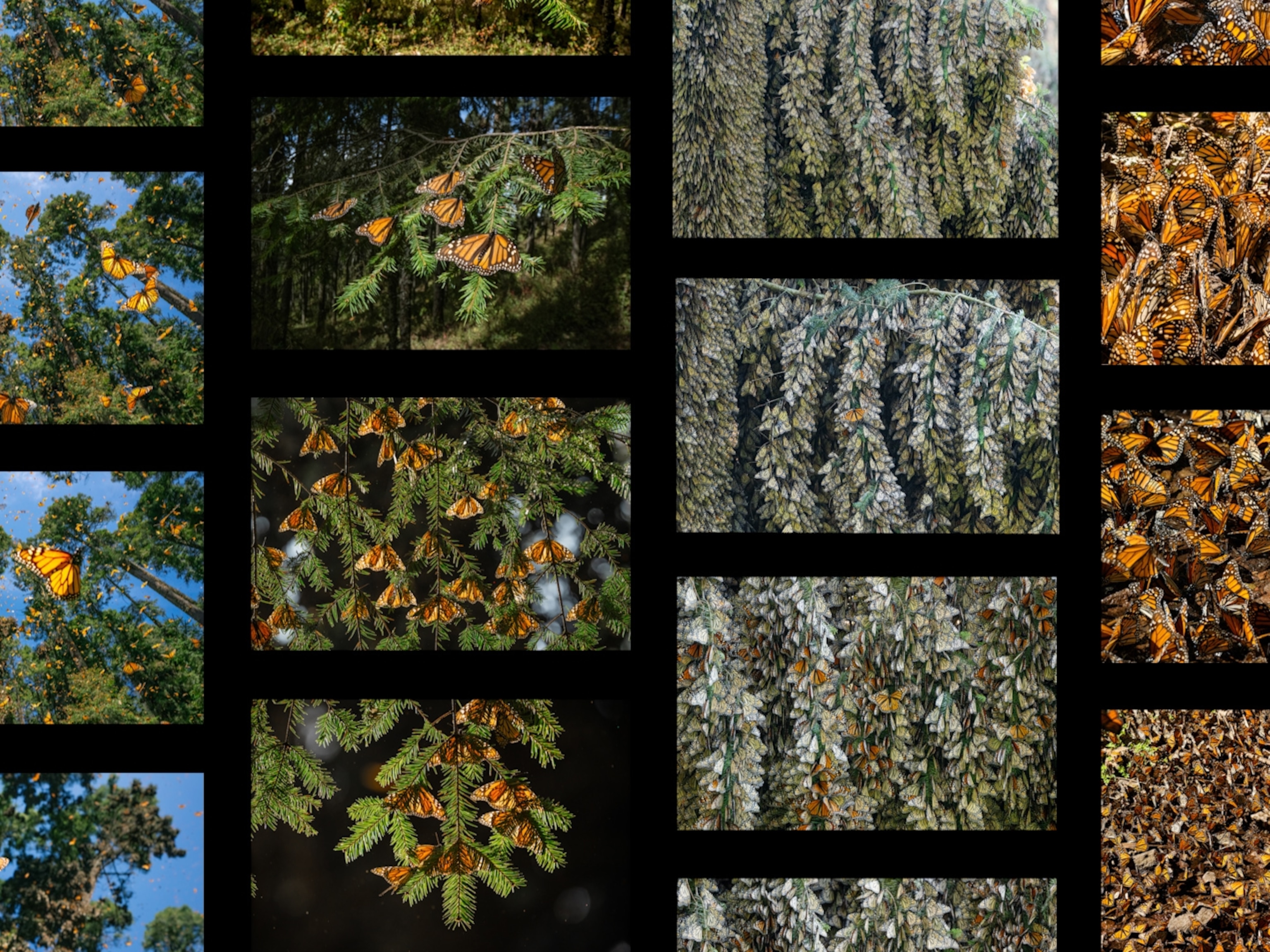Scientists just found an evolutionary holy grail
A new report traces the extraordinary lineage of a common Amazonian butterfly—and estimates the hybridization of its two parental species happened around 180,000 years ago.
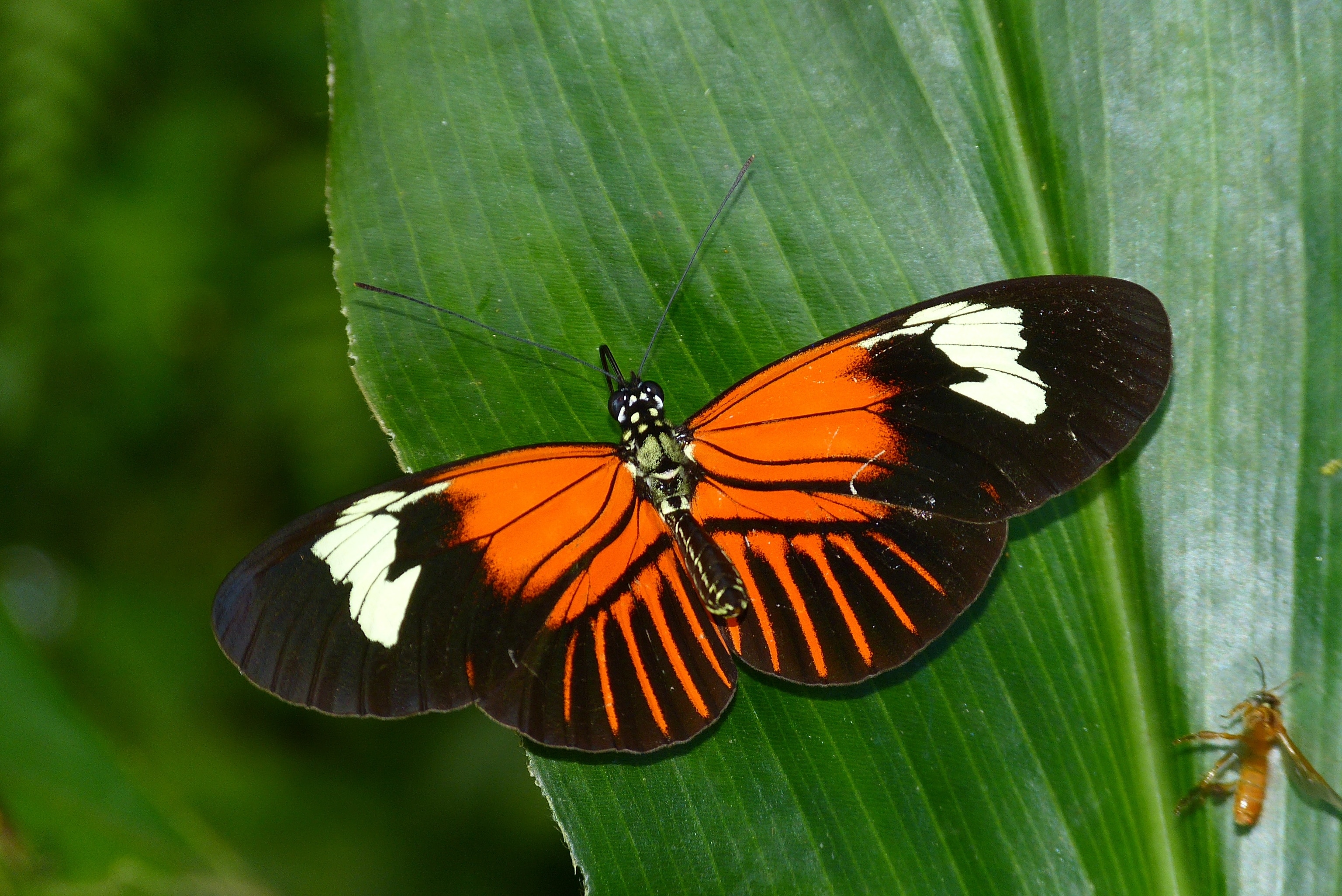
In 1837, Darwin sketched a "tree of life" in his notebook, 12 years before the publication of his Origin of Species. Since then, the tree has been a metaphor routinely used by biologists to explain how new species diverge from a common ancestor. But some scientists believe that new species can also arise from merging older lineages—as if tree branches were to fuse.
Now there is proof.
Today, scientists report in the journal Nature that the Amazonian butterfly species Heliconius elevatus arose from the melding of two others. By comparing the genetic blueprints of other butterfly species, researchers led by Harvard University research associate Neil Rosser, demonstrated that the H. elevatus genome is a mixture of 1 percent of the species H. melpomene and 99 percent of H. pardalinus.
"Our study shows that hybridization can drive the evolution of new species," says Rosser, the lead author of the study and National Geographic Explorer. Rosser’s team estimates that although the two parental species of H. elevatus had remained distinct for two million years, a DNA mishmash happened around 180,000 years ago when the Amazonian rainforest was a biodiversity refugium during a global ice age.
For decades, the evolutionary holy grail has been to find an animal species that came into being from two parental species combining their genomes. (If mules—the donkey-horse hybrids–could reproduce, they would qualify as a "hybrid species".) The search has remained inconclusive until now.
Both the hybrid and its two parental species are still common in the rainforests of South America (although H. elevatus, as the name suggests, is a canopy flyer). Had Darwin ventured a bit inland when the HMS Beagle docked in Lima in 1835, he would have seen them, too.
"They have discovered a situation in nature that many have postulated, but few have demonstrated. That is remarkable," says David Lohman, a professor at the City College of New York, who is not involved in this study. Lohman is part of a team that recently built the most comprehensive butterfly tree of life.
Mimicry rings
Heliconius are the only group of butterflies that imbibe flower pollen, which they use to synthesize cyanogenic glycosides that render themselves distasteful to predators. They advertise their unpalatability with bright, high-contrast aposematic coloration that says, "don't mess with me."
"Hybrids in Heliconius really stand out, because their color patterns are so different," says James Mallet, professor of organismic and evolutionary biology in residence at Harvard University and the corresponding author of this study. He explains that related groups of Heliconius mimic the warning patterns of each other, so the gaudy costume of a single species becomes a coat of arms adorned by its nearby relatives. These "mimicry rings," as shared color patterns are called, help deter predators more effectively.
Two decades ago, Mallet realized that all the close relatives of H. elevatus wore horizontal black-orange stripes called a "tiger mimicry ring." H. elevatus, on the other hand, wore a "nailhead ray" outfit—a concentric array of orange dashes on its hindwings—that was only shared by H. melpomene, a distant relative. It was as if H. elevatus showed up at the family reunion with an outfit borrowed from a stranger.
This was a smoking gun that H. elevatus was a hybrid species, but Mallet had to wait for two decades for genomic data to confirm his suspicion.
Genetic islands
While Mallet and colleagues gathered genomic sequences of Heliconius butterflies, Rosser set up shop in Peru, propping up butterfly cages to observe H. elevatus behavior.
"It was tough to build all that stuff," Rosser says. "Strong wind just blows a branch down on top of your cages and all the butterflies escape."
Rosser also notes that not all predators are deterred by the warnings of mimicry rings. "Spiders eat them, and all sort of countless problems like that."
The combined effort of Mallet's genomic sequencing and Rosser's behavioral studies led to the discovery of key regions in the H. elevatus genome associated with color pattern, host plant preference, and mating preference. To Rosser and Mallet’s surprise, all of these crucial genetic snippets came from H. melpomene.
Although only 1 percent of the H. elevatus genome is derived from H. melpomene, these fragments are spread across the H. elevatus genome in 44 independent "genetic islands," and control traits crucial to species identity.
"Hybrid speciation in this case is not a 50-50 mix," Mallet remarks. "This goes to the heart of what we mean by a species."
You just have to look
Both Mallet and Rosser think there are many more hybrid butterfly species out there. "If people look, then they'll find it," says Rosser.
"There are probably examples of this kind happening in Africa and Asia," says Akito Kawahara, professor at the University of Florida, another key contributor to the butterfly tree of life project, who is not involved in this study.
Kawahara argues that to find these hybrid species, we need to start gathering genomic data for all butterflies. He says he's not ready to redraw the butterfly tree of life until more genomic data are available. "We'll be in that position later, you know. But I think it's going to take a little while."

